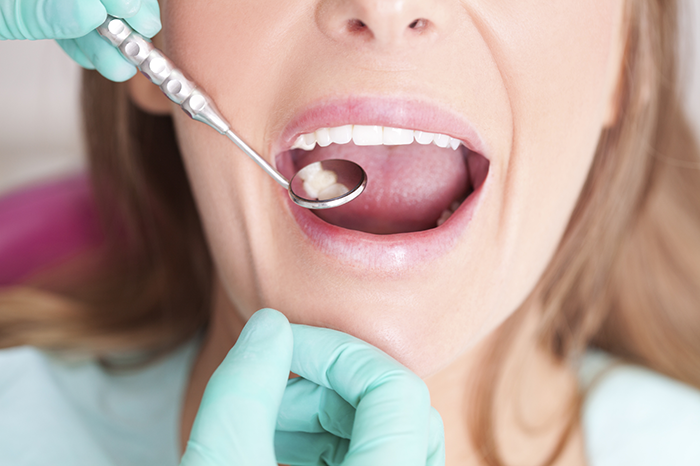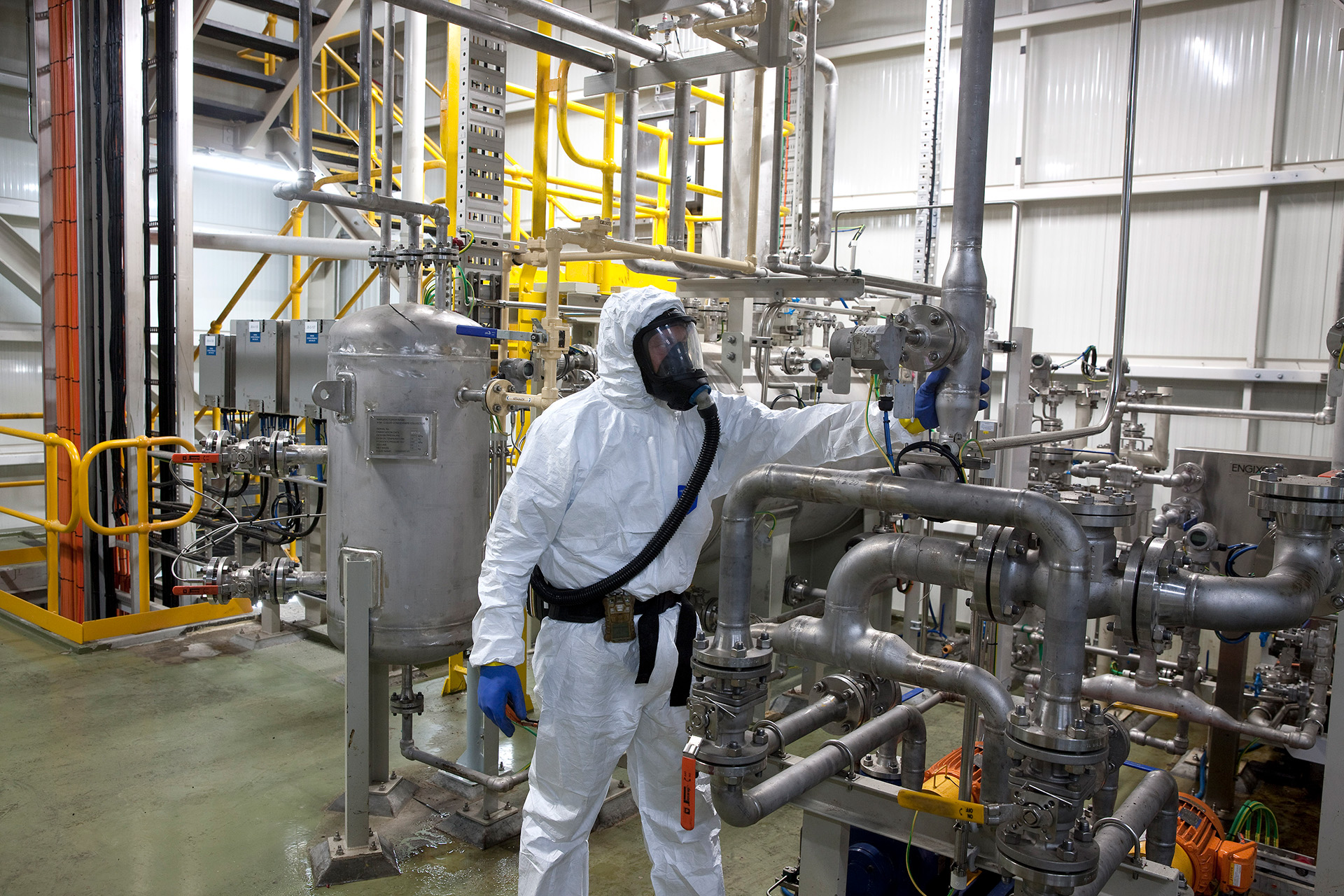The amount of plastic we consume from our seafood has been in the news lately, but long before anyone even considered the problem of marine plastic we were poisoning our seafood, and ourselves, with a far more toxic and persistent pollutant – mercury.
We may not witness mass mercury poisoning on the scale of Minamata disease anymore, but in the United States more than 5% of women of childbearing age have blood mercury levels that put their children at risk of suffering from neurodevelopmental problems.
It is estimated that in the European Union, more than 1.5 million of the children born each year have been exposed to mercury levels linked to IQ deficits. The relative figures for Australia are likely much the same.
Since the start of the industrial revolution, mercury levels in the upper ocean have tripled. That’s all down to human activity and explains why, in developed nations, eating fish is the single largest source of mercury exposure.
What is even more concerning is that most of that mercury is in the form of methylmercury, a far more toxic compound than the metallic form. Methylmercury also bio-accumulates so large fish at the top of the food chain – many of which we eat – have higher levels of methylmercury than small fish.
For example, median mercury levels in tuna are 34 times higher than in sardines. For sharks, the figure is more than 80 times higher. (Check out this great infographic for a quick guide to low-mercury seafood).
Things we can all do
We can limit the amount of mercury we ingest from seafood by being careful about how much and which type we eat, but surely prevention is better than cure.
Obviously, the more mercury we add to the oceans the greater the amount that will accumulate in fish and the more that will end up on our plates, but there are things that we can all do to help reduce the amount of mercury entering the food chain.
Top of the list is to stop throwing mercury-containing items into the rubbish bin.
Mercury is found around the home in fluorescent lighting, including compact fluorescent lamps (CFLs), in batteries and in electronic waste including computers, printers and mobile phones.
Many councils collect CFLs, batteries and other e-waste. Check out your council’s website for their collection locations. If they don’t offer this service check if other nearby councils do, and lobby your councillor for a more local service.
Dentists and medical centres
Dental amalgam waste is another significant source of mercury pollution. Ask if your dentist has installed amalgam separators to prevent this.
If they haven’t, suggest that they do. Australian dentists alone tip four tonnes of mercury down the drains each year!
To put that into perspective, just one gram of mercury is enough to make one million litres of drinking water exceed Australian drinking water guidelines.
While mercury has been replaced in many medical devices, old thermometers and other mercury-containing equipment often end up in storerooms.
If you encounter such items in your workplace, ensure they are safely recycled.
Larger scale?
Big businesses can make a real difference when it comes to mercury pollution owing to the large volumes of materials they handle, be it lighting, electronic and industrial equipment, or a range of waste from the mining, gas and petroleum industries. At this scale, the decision to dump or recycle has major environmental consequences.
Ecocycle offers a range of recycling solutions across all types of mercury-containing waste. Whether you are in the business of lighting replacement, resource extraction, e-waste disposal or dentistry, we can help you contribute to a cleaner environment and safer seafood.
Contact us on 1300 32 62 92, or fill out the form below and one of our recycling specialists will be happy to design a recycling program specifically for you.






